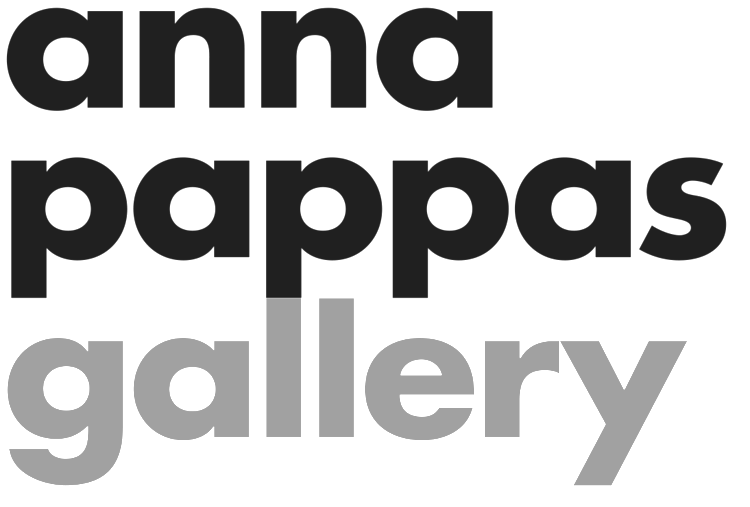Simon MacEwan, The Floating World, 2015, drawing machine, 120 x 120 x 110cm (Programming, and automation assistance, by Finn Robertson)
OPENING DRINKS: THURSDAY 3 SEPTEMBER, 6PM
EXHIBITION: 3 SEPTEMBER – 3 OCTOBER, 2015
ARTIST TALK: SATURDAY 19 SEPTEMBER, 1PM
Simon MacEwan’s The Floating World traces parallels between the history of currency and modernist artistic strategies.
In the centre of the room a drawing machine operates; inside the steel structure gears slowly turn, bearings roll and counterweights tremble as a pivoting arm drags a pen in a looping curve across a sheet of paper. As the pen draws, the table that holds the paper slowly revolves, and as it turns the loop becomes a spiral; a curving grid that falls back on itself as the pen describes the subtly varying orbits of the drawing arm.
Money
In the 19th century, as money changed from gold to the promise of gold in the form of paper notes, it became necessary to take ever greater measures against forgery, and soengineers developed geometric lathes to make patterns so complex and delicate that without the original machine and the secret of its settings they would prove impossible to copy.
This form of encryption became the visual language of paper currency, and though it now exists only as anachronistic decoration, the idea continues in other forms; in a world where money is largely immaterial, it inhabits the secret numbers of encryption algorithms that verify and protect electronic transactions, finding its purest expression in currencies like Bitcoin .
Art
Roughly concurrent with the shifts of money, from material object fixed in time and space, to virtual commodity, there is a parallel transformation in the history of art. Starting with the early-modern break from representation and carrying through to the development of conceptual art, artists have resisted authorship and the creation of singular art objects.
This movement is characterised by a dual retreat; the artist becomes further removed from the physical production of the artwork; employing others to perform the creation of the works, such as Andy Warhol’s Serigraphs or more, recently the work of Jeff Koons and Damien Hirst. At the same time there are artists who use strategies of seriality undermine authorship and singular creative acts, setting parameters where the series of works that result are the products of an initial score, and function only in relation to each other as a series.
Art works themselves become less and less tied to the specificity of physical objects and locations, as in the art of Sol LeWitt where the work exists as the possibility of its execution according to a particular set of instructions in a space designated by whoever has purchased the right to have those instructions enacted.
Art + Money
As money becomes immaterial, traded at immense speeds across huge distances, it also becomes exquisitely sensitive, like a seismograph tracking the spread of news and the hunches of stockbrokers, and so the asocial and anti-historical qualities of currency exchange ultimately make it beholden to the social and the local. Similarly, the dematerialised LeWitt work becomes inextricable from the web of dependencies that
underpin its existence as a work of art; from the documents of ownership, loan agreements and instructions for execution, to the institutional spaces and surfaces where it appears, and the social and professional networks that gather the people to do the physical labour of manifesting the work.
In the end there is no escape from the physical, as both art and currency leave the bounds or their own objects, they don’t cease to exist, instead they inhere in other places, distributed across server hard drives, optic fibres, documents and in the bodies of those who interact with them.
The Floating World draws on these histories of dematerialisation of both money and art. Based on the principles of 19th century geometric lathes, the mechanisms of the drawing machine trace patterns across the paper that resemble the ornaments still found on banknotes, but the movements of the machine are computer drawing information from currency exchange data. The drawing machine transforms the stream of stock ticker numbers into slow arabesques, and the regularity of this pattern depends on the stability of the currencies charted; as the exchange rate shifts so does the pattern, and so the language of the stability of money becomes a device to describe its contingency and instability. The Floating World makes art of commerce, cryptically graphing the impact of events and ideas in the ripples they make in the flow of numbers of international exchange markets, paper notes of the space between money.
Simon MacEwan holds a Bachelor of Fine Art (Sculpture) from RMIT, Melbourne, a Diploma of Visual Art from RMIT, Melbourne and a Bachelor of Arts from the University of Melbourne. MacEwan has exhibited with Anna Pappas Gallery since 2008. Selected solo exhibitions include: all that is solid melts into air, 2012, Anna Pappas Gallery, Melbourne; The World’s Fair, 2011, Anna Pappas Gallery, Melbourne; You’re doing it wrong, 2010, c3 contemporary art space, Melbourne, Batmania, 2009, Bus gallery, Melbourne, built to fail, 2005, Seventh Gallery, Melbourne and lost in the woods, 2004, Seventh Gallery, Melbourne. Selected group exhibitions include: Melbourne Art Fair, 2014, Anna Pappas Gallery, Melbourne; Farewell 2013, 2013, Anna Pappas Gallery, Melbourne; Others, 2013, Anna Pappas Gallery, Melbourne; Duality: Banyule Award for Works on Paper (Highly Commended), 2011, project11, 2011, Anna Pappas Gallery, Melbourne; Banyule City Council, Melbourne, Grow Wild, 2008, Utopian Slumps, Melbourne, Lost Garden Found, 2006, Next Wave Festival, Melbourne and Where the Wild Things Are, 2005, UTS Gallery, Sydney. MacEwan’s works are held in numerous collections including Artbank, the Banyule City Council and private collections in Australia.

